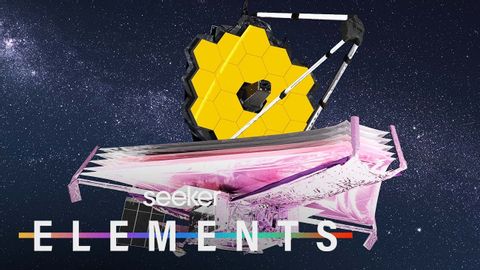NASA 史上最大!ジェイムズ・ウェッブ宇宙望遠鏡の内部とは?
林宜悉 が 2022 年 05 月 01 日 に投稿  この条件に一致する単語はありません
この条件に一致する単語はありませんUS /səbˈskraɪb/
・
UK /səb'skraɪb/
- v.t./i.(定期的なサービスに)申し込む : 予約をする : 予約金を払う
US /pəˈtɛnʃəl/
・
UK /pəˈtenʃl/
- adj.可能性がある;潜在的な
- n. (u.)可能性
- n. (c./u.)可能性;潜在能力;候補者;ポテンシャル
US /ɪnˈkrɛdəblɪ/
・
UK /ɪnˈkredəbli/
- adv.信じられないことに;信じられないほど;信じられないほど;驚くほど
US /ɪk'strimlɪ/
・
UK /ɪkˈstri:mli/
エネルギーを使用
すべての単語を解除
発音・解説・フィルター機能を解除
